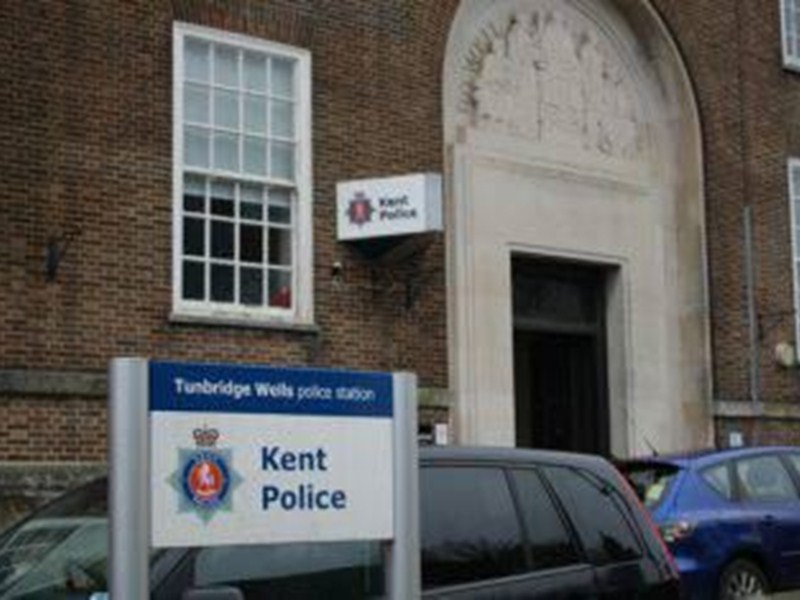The planned move is part of a money saving exercise by Kent Police and Crime Commissioner [PCC], Matthew Scott.
The building has not been fully staffed since last year when officers based in the town were moved to Tonbridge, in a move police said was to better ‘pool resources’.
Last week, property valuers attended the 1930’s art deco building on Crescent Road, which is owned by Kent Police, to work out the value of the site with the prospect of selling it.
Kent PCC Matthew Scott, who recently put up the police precept part of council tax from £169.15 for a Band D property to £193.15, adding an extra £1million to the council tax bills of Tunbridge Wells’ residents.
At the time Mr Scott said the rise was going to be used to fund 180 new rank and file officers, but he admitted that efficiency savings had to be made.
He said: “I’ve asked Kent Police to continue their drive to be as efficient and effective as possible without putting frontline services at risk. They will make £9.7million of savings over the next year.”
Now it appears that some of those savings will be generated from selling off assets belonging to the Kent Police estate, including the station in Tunbridge Wells.
A spokesman for the Commissioner confirmed that valuation took place at the police station and that the estate team were looking at ‘various options’ including selling the property.
The spokesman said: “Kent Police and the Police and Crime Commissioner have a duty to the public to make sure all buildings are fit for purpose and offer value for money.
“Our estates plans are kept under review, but any future proposal for any site changes would only be approved by the PCC based on the service offered to the public.”
He added that if the police station were to be sold off, Tunbridge Wells Borough Council would get ‘first refusal’, if they wanted the building.
The news will come as a blow to the people of Tunbridge Wells, who have not only enjoyed a police presence in the town since 1864, when the first police station was built in Pembury, but who also pay a considerable amount towards the policing of the county.
Through the police precept aspect of council tax, 49,412 council taxpayers in Tunbridge Wells now spend nearly £10million a year funding Kent Police.
But critics argue that any extra rank and file officers deployed by Matthew Scott will not end up operating in Tunbridge Wells but most likely be sent to other areas of Kent that have more serious crime problems, such as Thanet, Dover or Maidstone, meaning taxpayers in the borough will be subsidising the policing of other districts.
“I share concerns that Tunbridge Wells will not see any of these additional resources, but also we have recently lost the police being based in the borough,” said former police commander for Tunbridge Wells, Dave Pate.
Keeping a police presence in Tunbridge Wells Police Station had been a priority for Mr Pate, the former borough commander for Tunbridge Wells, who unsuccessfully contested Rusthall ward in this month’s borough elections for the Conservative Party.
The former Chief Inspector retired last year and discovered soon after he stepped down, most officers were moved to Tonbridge station, which meant the borough had lost that ‘vital local element’.
“We lose that local knowledge which is so important for gathering local police intelligence,” warned Mr Pate.
He added that unless something was done soon, Tunbridge Wells could see a sharp rise in crime.
“We are already seeing crime increase across the country and the county, and in Tunbridge Wells, we are seeing a number of crime types rising,” he warned.
Indeed, as reported in the Times earlier this year, knife crime in the borough has doubled, and crime in general is up, with nearly 2,500 more crimes in Tunbridge Wells reported in the year up to October 2018 – up around a third on the previous year’s figure.
Among the most disturbing trend is the increase in both violent and sexual offences, with 134 more sexual offences reported last year compared to the previous year, a rise of more than 50 per cent.








